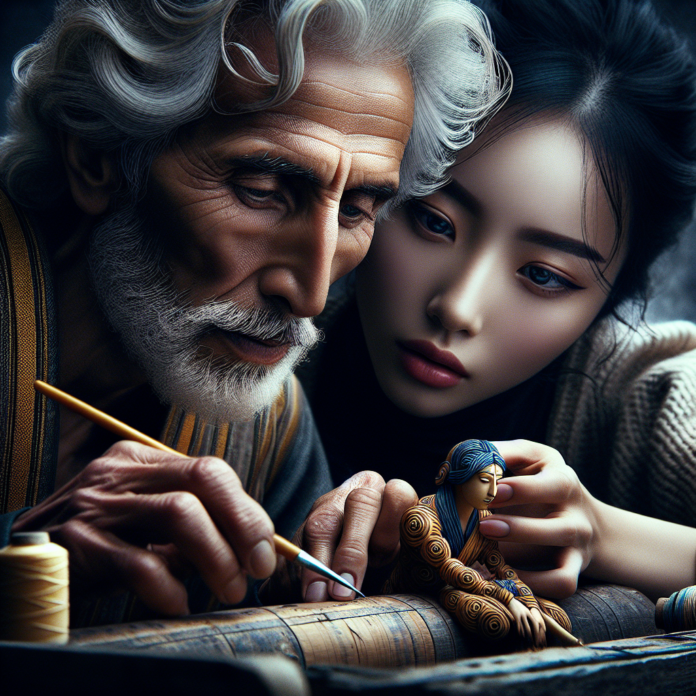Folk art has been practiced for centuries by different cultures. Folk art is a reflection on the values, customs, and beliefs of a community or society. It’s an important part of a nation’s cultural heritage. Folk art has seen a revival in recent years as people look to reconnect with their roots.
Folk art dates back to ancient times. Communities would use materials from their surroundings to create pottery, textiles, or decorative objects. The crafts were passed on from generation to generation and used as a means of communicating the history and tradition of a certain group. Over the years, folk art evolved, and was influenced by different cultures, leading to a diverse range of styles.
Folk art is still a major part of many cultures, despite the modernization. In India, for instance, traditional crafts like Madhubani paintings, Pattachitras, Warli arts, and Phad paintings have been valued for centuries for their intricate patterns and vibrant colors. These folk arts are often used in India to illustrate mythological tales, religious themes and everyday life. They have a cultural significance that is reflected by their use.
In recent years there has been renewed interest in folk arts as people try to connect with cultural heritages and support local artisans. It has also led to the revival of traditional crafts, and an increase in demand for unique and authentic handmade goods. Popularity of folk art is also fueled by social media and online platforms that have allowed artisans to show their work to an international audience.
Folk art is gaining popularity again because of its focus on sustainability and ethical practice. The use of natural materials and traditional art techniques by many artists helps to preserve traditional crafts, while also reducing their impact on the environment. Supporting folk art allows consumers to invest in handmade and unique products, but also preserves cultural heritage and traditional know-how.
Folk art has relevance in the UPSC syllabus as it provides insights into India’s cultural diversity and tradition. Understanding the significance and history of folk art will help candidates to appreciate the richness and impact of Indian culture. Folk art can also be studied in relation with social and economic issues such as the role artisans play in the cultural industry and the challenges traditional crafts face in a rapidly modernizing world.
Folk art, as a whole, is a valuable cultural treasure that deserves to celebrated and preserved. Understanding the modern trends in folk art as well as the ancient craft, we can better appreciate the diversity and creativity that is human expression. We can continue to promote and support folk art and ensure that it continues to flourish and inspire future generations.
